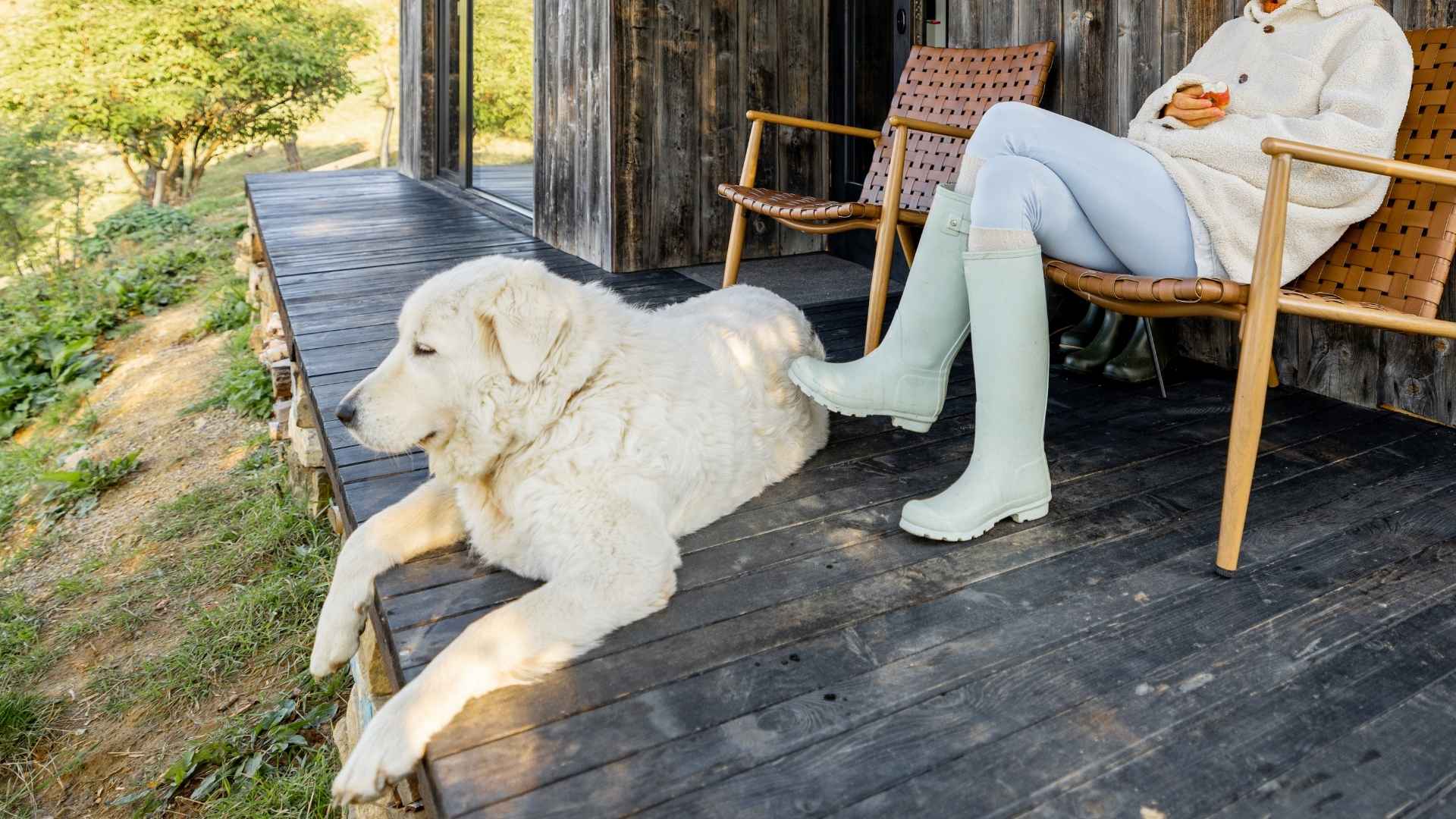Isolated farmhouses face a silent threat: predators roaming the night, ready to strike at unattended livestock. Protecting field and flock becomes more than a task—it’s a lifeline. Studies show that well‑placed guard dogs can cut livestock losses by up to 80–100 %, offering a proven, non‑lethal safeguard for remote properties.
For farms where fences end and wilderness begins, these dogs are both sentinel and family. They live with the flock, blending in yet standing apart—alert at night, loyal by instinct, and capable of managing territory when human presence is limited. It’s fascinating to think these calm professionals can make such a tangible difference.
What follows is a journey through breeds bred for this exact purpose—dogs with the instincts, dedication, and resilience to excel in working dog roles. Whether you’re evaluating protection, companionship, or practical farm services, their stories will show why they’re trusted guardians of solitude and livestock.
Guard Dog Breeds that are Perfect for Isolated Farmhouses
Here are the most common breeds:
1. Tibetan Mastiff
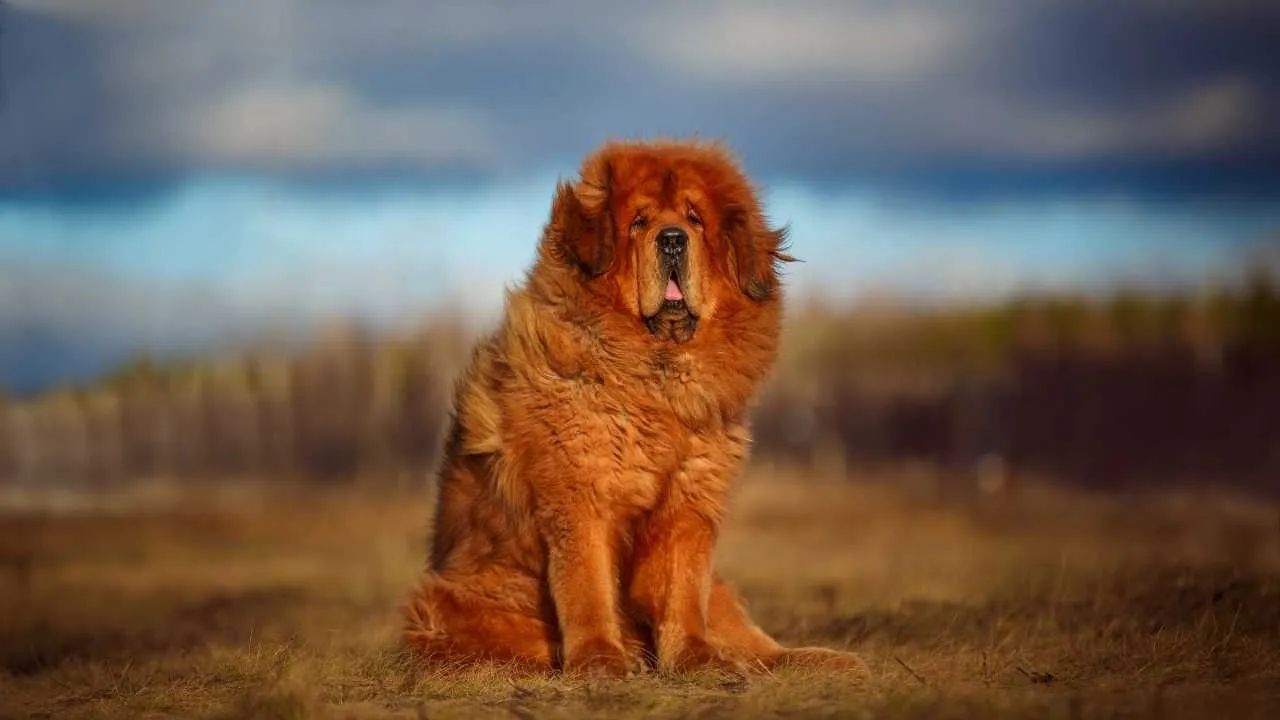
The Tibetan Mastiff is one of the oldest and most powerful guard dogs, originally bred to watch over livestock in the unforgiving Himalayan terrain. Tibetan Mastiffs were bred by nomadic cultures in the Himalayas to guard livestock from predators like wolves, leopards, and even snow leopards.
Independent and strong-willed, they’re not for beginners—but they’re unmatched when it comes to guarding remote farms.
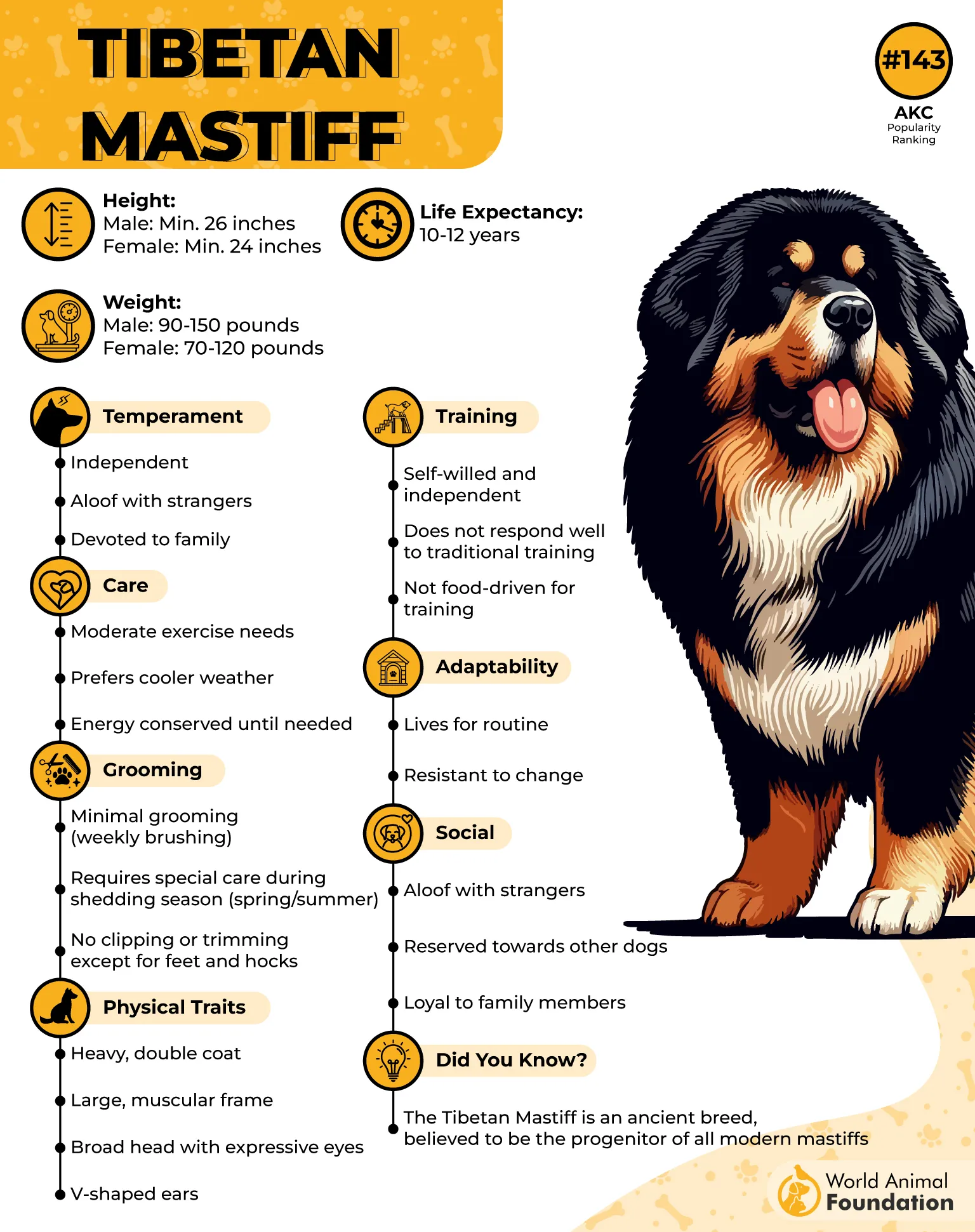
Guardian Instincts
According to PetMD, they are naturally territorial and highly protective of land and livestock.
Most active at night—ideal for deterring nocturnal threats.
Physical Traits
A dense double coat insulates against extreme cold.
“Coat blow” happens once a year, except for heavy seasonal shedding.
Large frame, muscular build, and strong jaw make it a serious deterrent.
Distinctive Features
Known in Tibet as “Do-Khyi” or “tied dog,” traditionally chained at village gates.
Bark is deep, resonant, and designed to intimidate.
Lives 10–12 years—long for a big boned working breed.
2. Kangal
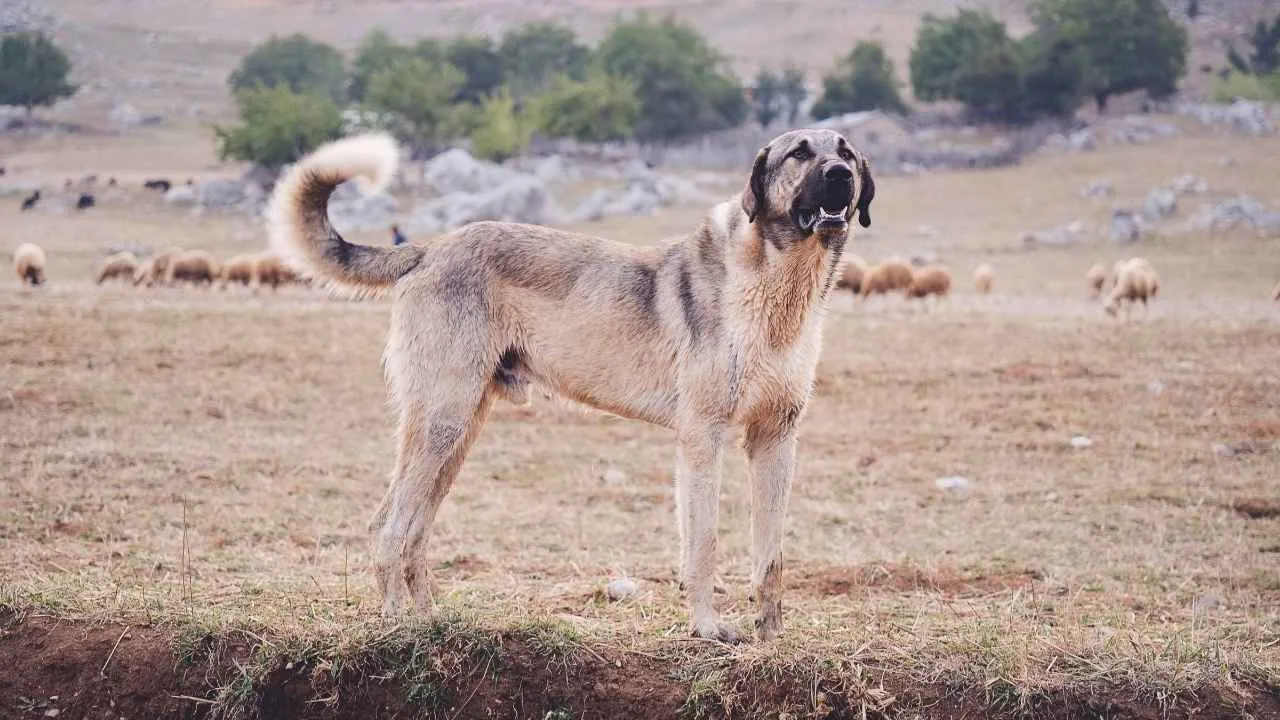
The Kangal Dog, hailing from Turkey, is a powerhouse among dog breeds built to guard vast, open terrain. Originally bred to patrol remote fields and protect flocks from wolves and other predators.
Their deep-rooted instincts make them ideal for large, isolated farmhouses where awareness and quiet control matter most.
Elite Guarding Capabilities
Incredibly fast, often outrunning predators before they reach livestock.
Naturally wary of strangers, but not unnecessarily aggressive.
Protective without being reactive—relies on presence and bark as deterrents.
Functional Physical Traits
Excellent smell and vision—detects motion or scent long before a threat appears.
Unique Breed Characteristics
Known as the “King of Anatolian Lions” for their size and bravery.
Used in Africa to protect flocks from cheetahs—proven success.
Despite their size, they’re surprisingly gentle with children and animals they trust.
3. Australian Cattle Dog
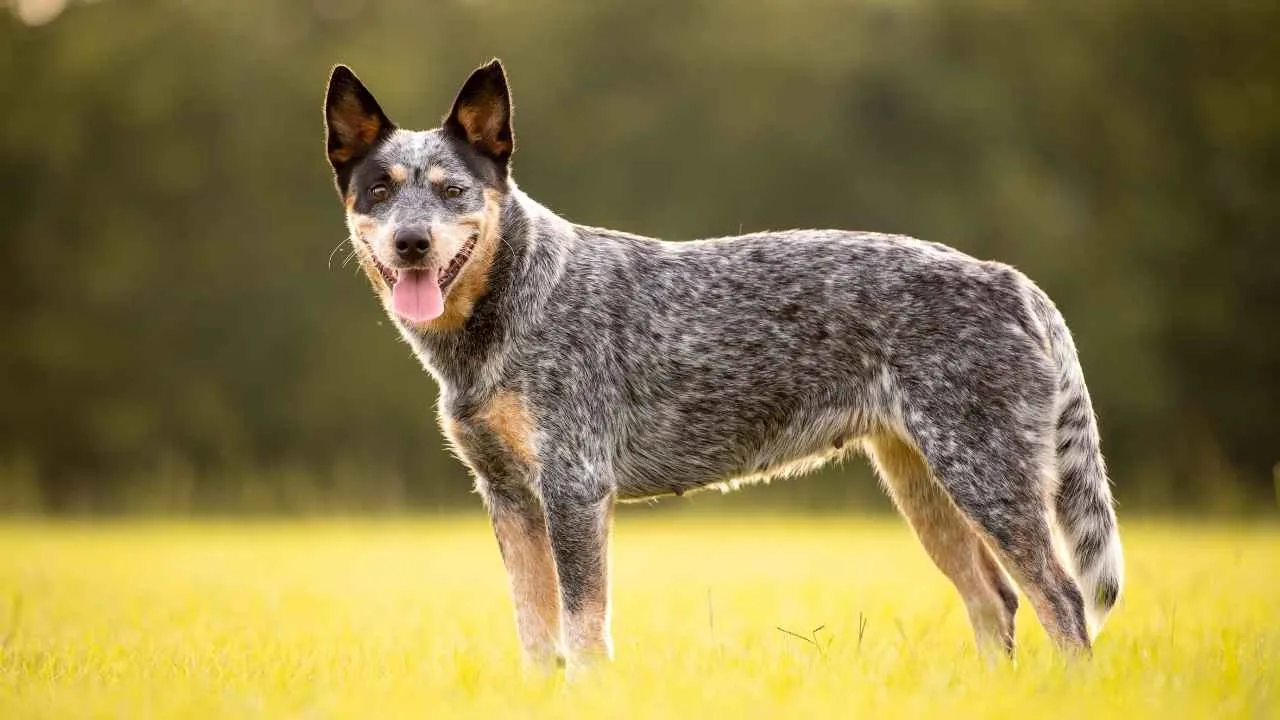
The Australian Cattle Dog, or “heeler,” is purpose-built for life on the move. Originally bred to herd cattle across Australia’s harsh terrain, these muscular, mid-sized dogs are relentless workers with serious drive.
Their strong herding instincts mean they thrive in environments where there’s space to run and tasks to complete. If you’ve got an isolated farmhouse, you don’t just need a pet—you need a smart, tireless, and fearless partner. The Australian Cattle Dog fits that role like it was born for it—because it was.
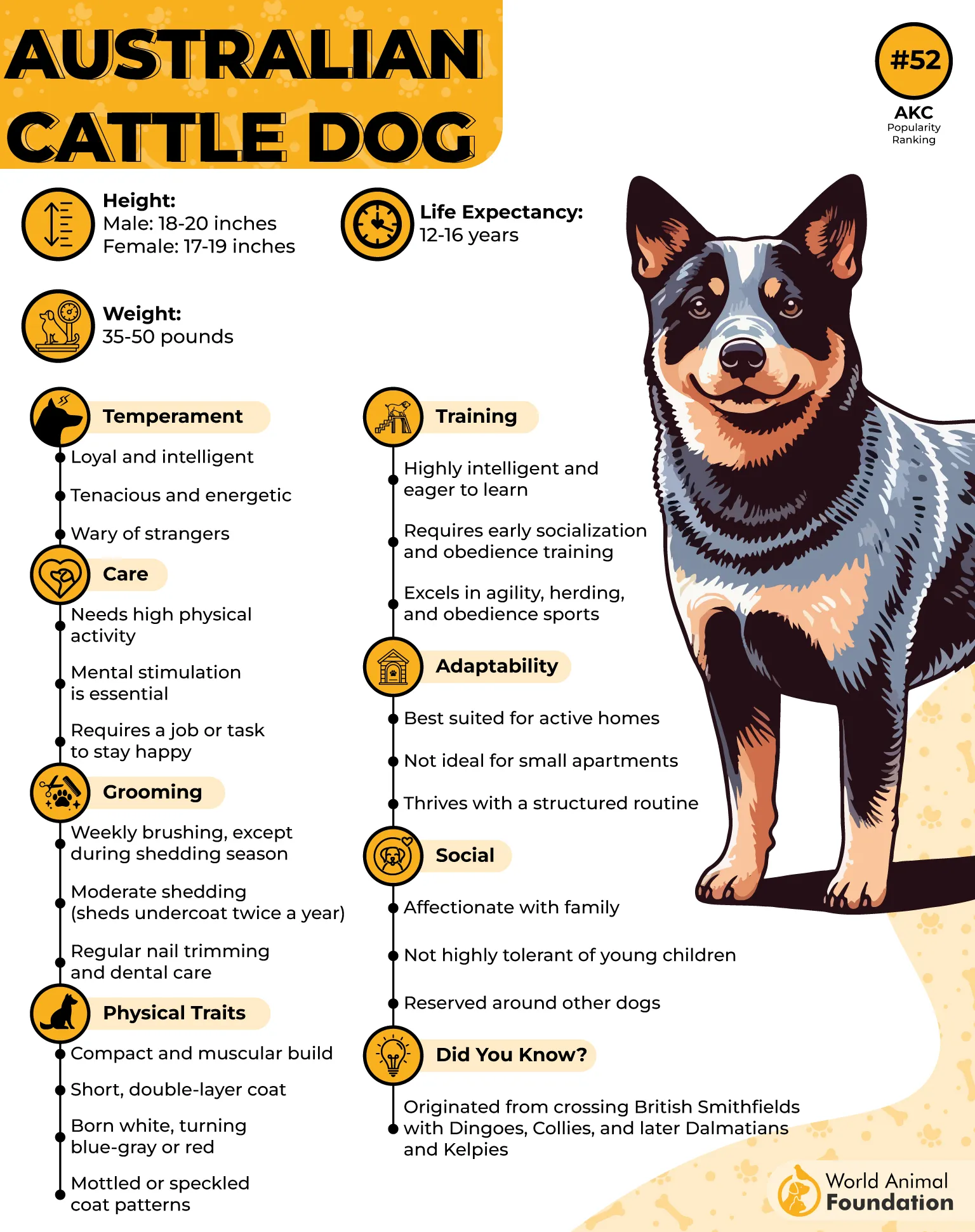
Work-Driven Nature
Always needs a job to avoid frustration or restlessness.
Not ideal for homes with small animals due to their instinct to chase and herd.
Physical Durability
According to WebMD, they are compact, athletic builds suited for long days in rough conditions.
Dense, water-resistant fur keeps them dry and protected from the elements.
Born completely white, their blue or red coat color shows as they grow.
Standout Characteristics
Loyal to a fault—often called “shadow dogs” for how closely they follow their owners.
One named Bluey holds the world record for canine longevity: 29 years and 5 months
4. Kuvasz
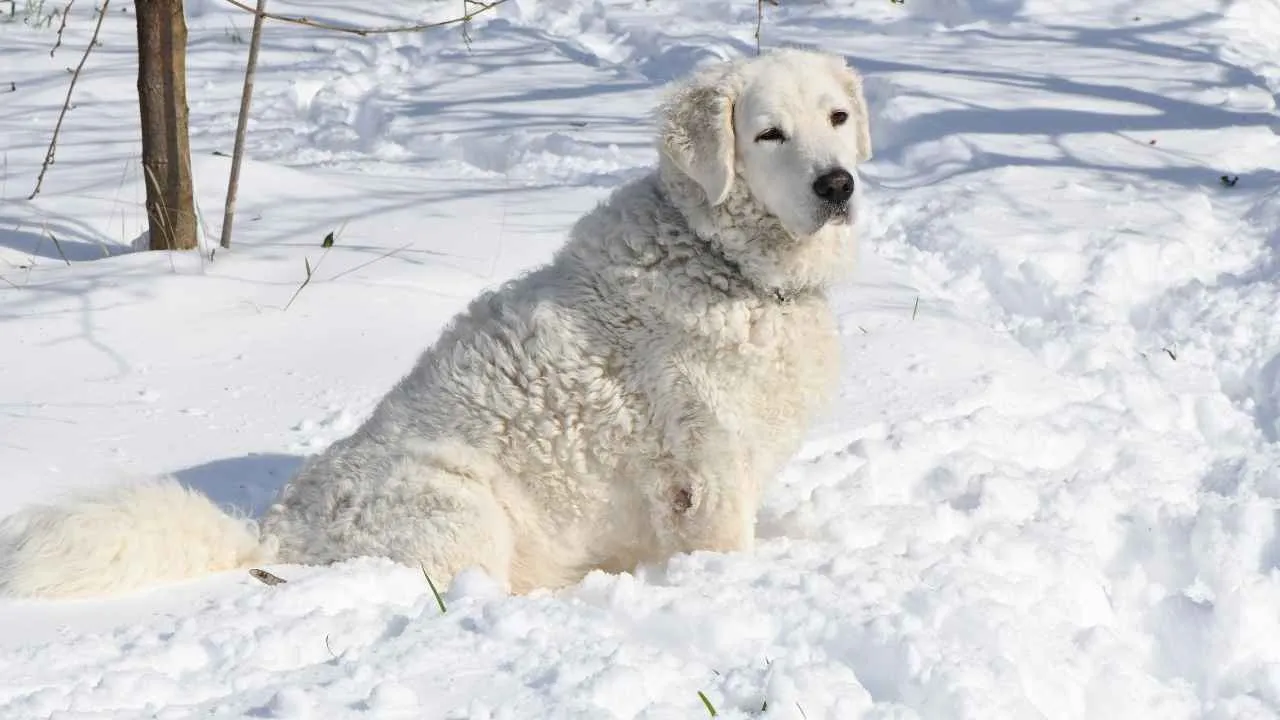
Originating in Hungary, the Kuvasz is a striking white guardian dog historically trusted to protect isolated livestock and estates. These dogs were bred for independence, energy, and unwavering loyalty.
Intelligent and cautious, they are known for their ability to control large spaces without constant supervision. The Kuvasz isn’t just a working dog—it’s a symbol of courage and refinement.
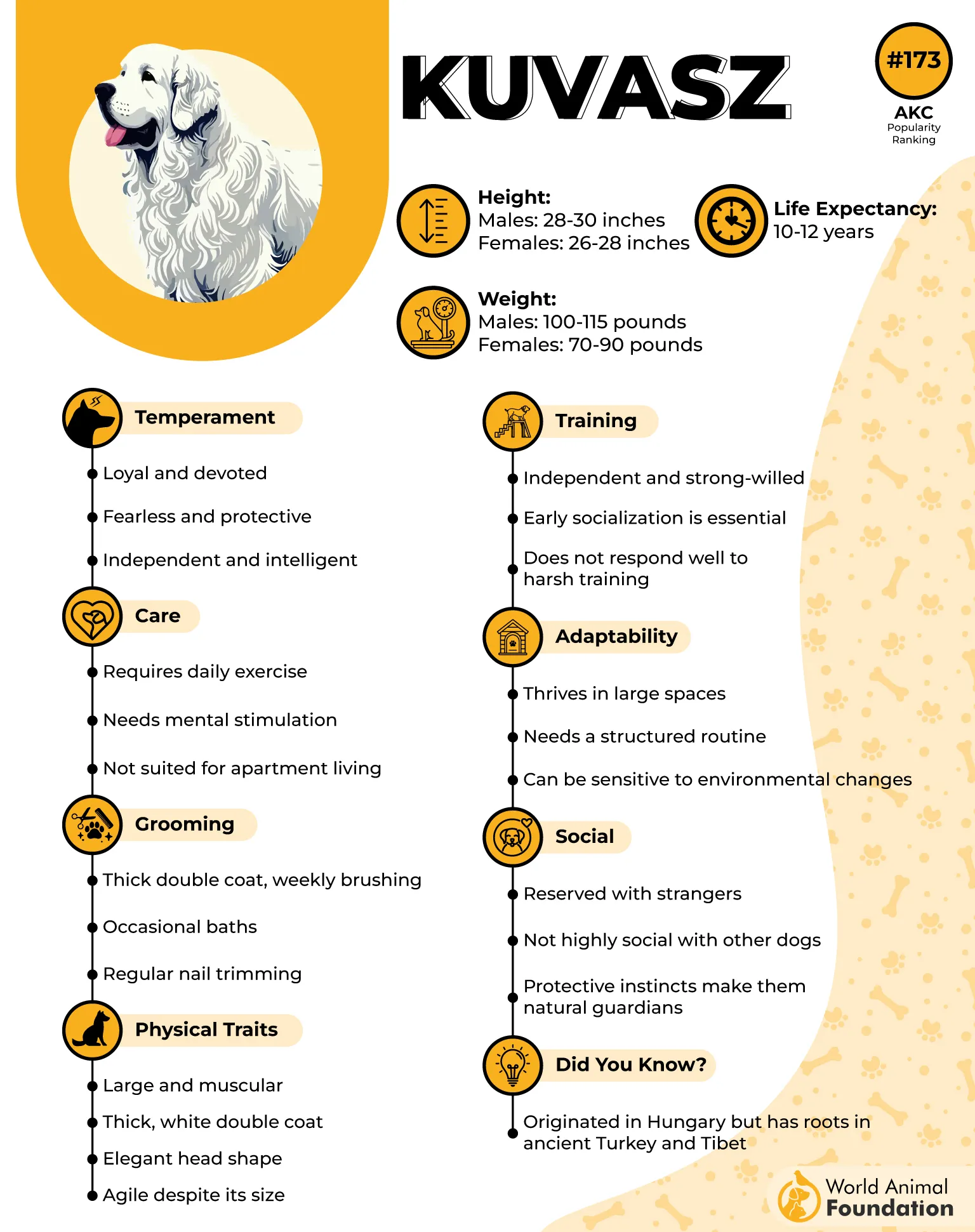
Guarding as a Way of Life
Naturally suspicious of newcomers—ideal for deterring quiet intrusions.
Protective instincts don’t require commands—they react based on situation and behavior.
Physical and Functional Traits
A dense white coat keeps them warm and visible during a search for predators.
Built for cold climates and rough terrain, especially across open, rural, isolated land.
According to the American Kennel Club (AKC), they need consistent training and space to avoid boredom and stubbornness.
Unique Qualities and History
Nearly wiped out during World War II, rebuilt through careful breeding programs.
Their name may come from “kawasz,” meaning armed guard of nobility.
Though not cuddly, they form deep, lasting bonds—especially with older children.
5. Komondor
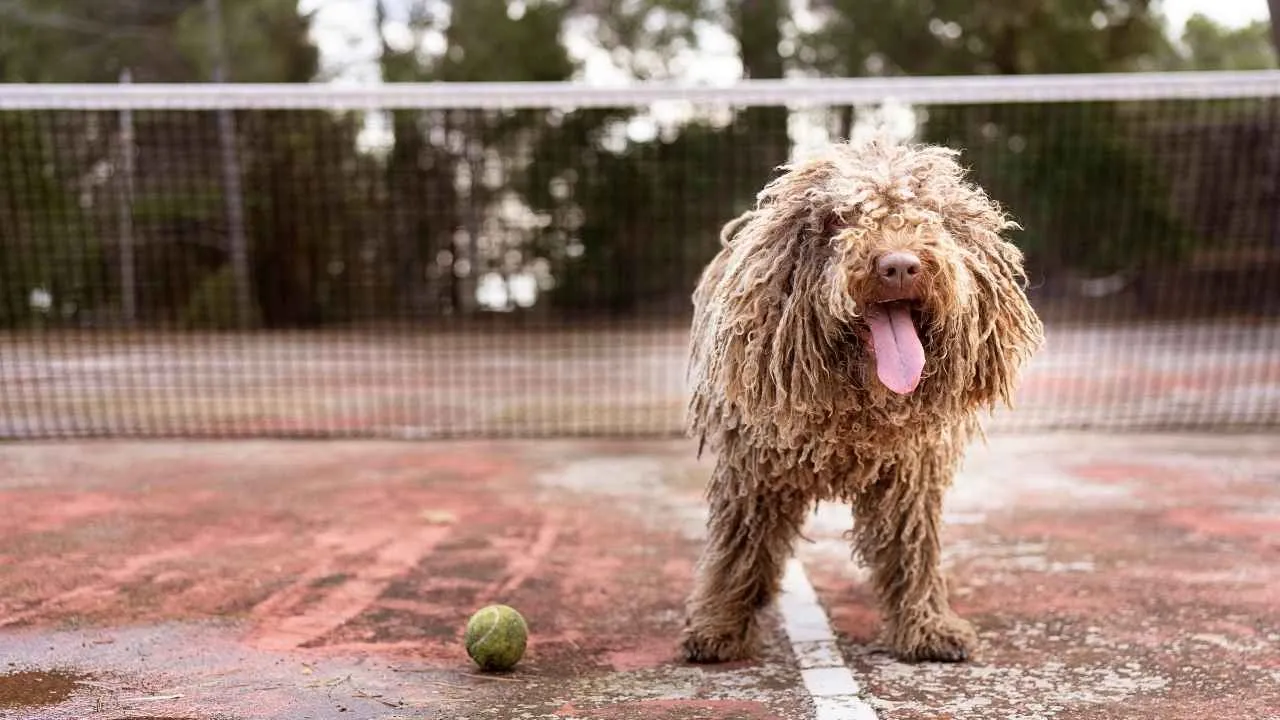
The Komondor is one of the most visually distinct guarding breeds, with its heavy white cords and stoic presence. Komondors work best when their territory is clearly defined, responding swiftly to unfamiliar sounds or movement within their perceived domain.
Isolated farm life means you can’t always be there to give commands. The Komondor doesn’t need micromanaging. It makes decisions on its own, often patrolling the property without being told.
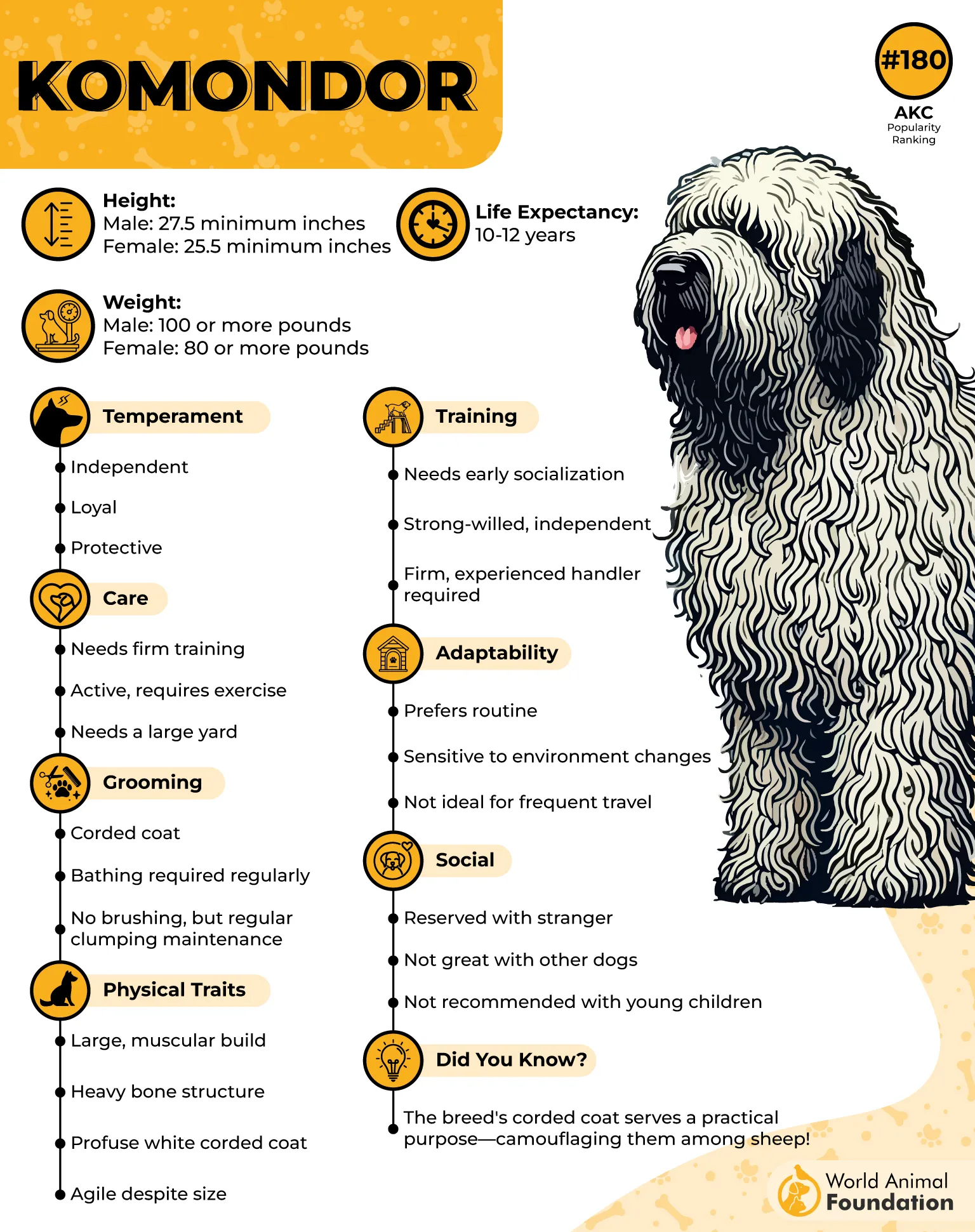
Instinct-Driven Protection
Requires defined boundaries to understand what to defend—early training with pups is essential.
Learns through tone rather than repetition or harsh correction.
Physical Traits and Daily Needs
Dense, corded coat provides weather protection and predator camouflage among sheep.
Moderate exercise needs—prefers watchful resting to constant activity.
Thrives in open space with visibility and time to patrol on its terms.
Personality and Unique Features
Often called the “mop dog” due to its distinctive coat that can take two years to fully form.
Quiet but always aware—their presence alone deters intruders without excessive barking.
Endurance and stamina make them capable of long hours outdoors in various conditions.
6. Border Collie
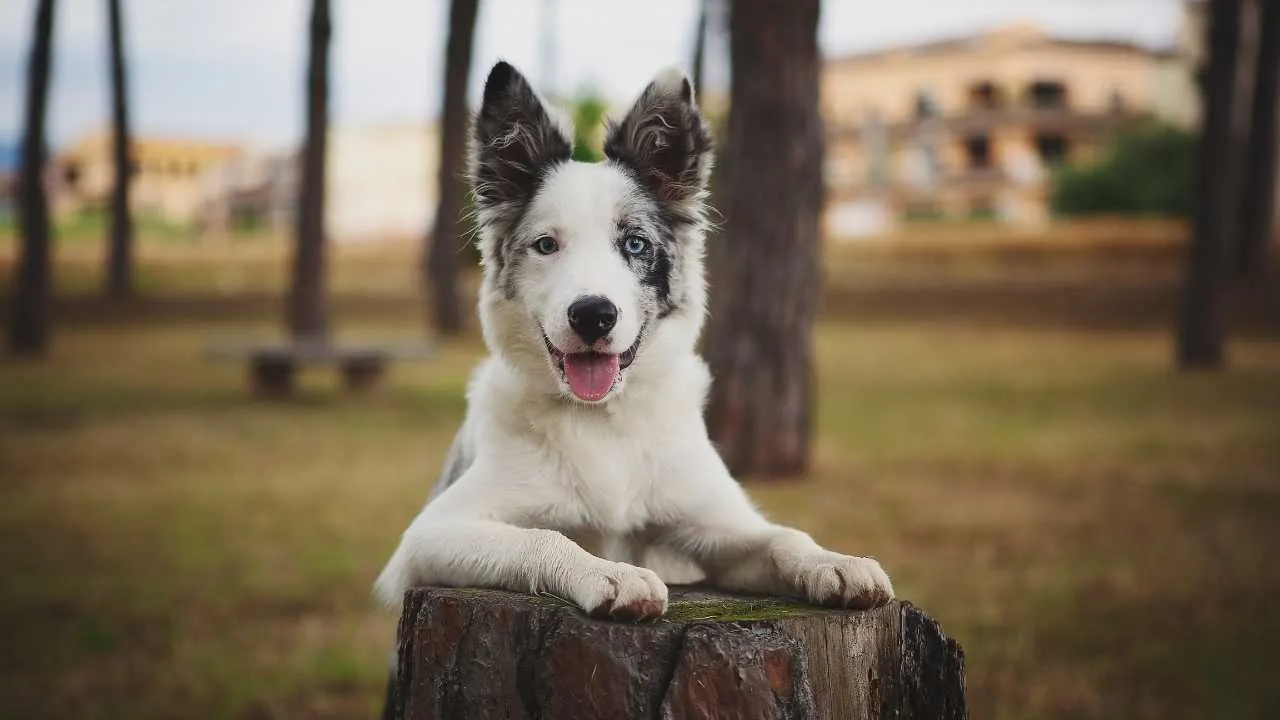
Few breeds match the intelligence and work ethic of the Border Collie. Originally developed near the border of Scotland and England, this agile, fast-thinking dog was built for control, precision, and nonstop agility training.
It doesn’t just chase sheep—it guides them with subtle cues, using posture, body movement, and even an intense stare known as “the eye.”
Border Collies crave structure and purpose. Without a task, they’ll invent one. This makes them ideal for farmhouses with non-disrupted routines, where mental and physical outlets are always available.
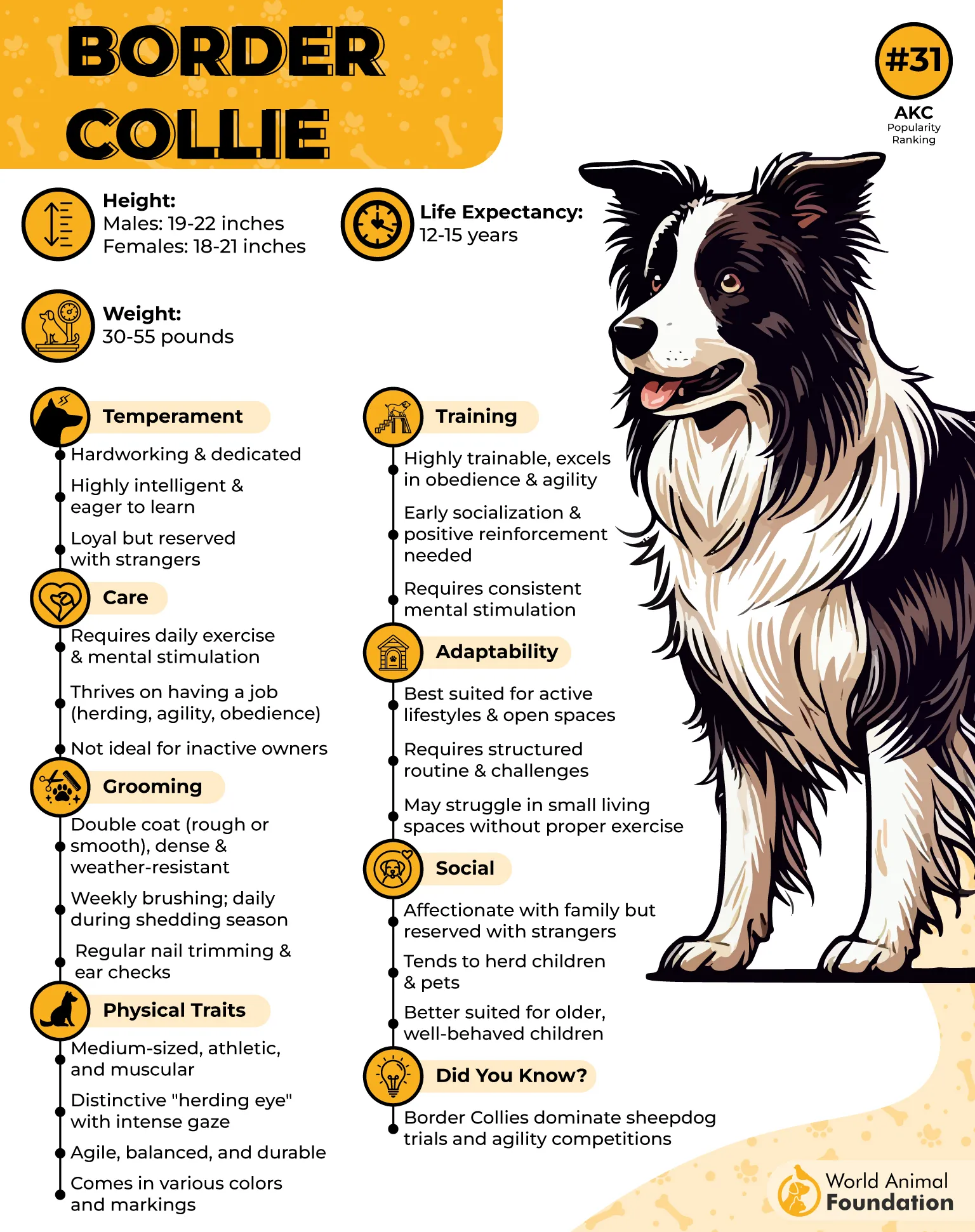
Natural Talent and Focus
Excels in herding, obedience, and canine sports thanks to high intelligence.
Responds instantly to commands, hand signals, or whistles over long distances.
Physical and Mental Needs
Loves to roam but needs boundaries—ideal for wide-open but secured farms.
Distinctive Personality and History
One famous Border Collie, Chaser, recognized over 1,000 words—an unmatched canine feat.
Sensitive to environment—can become anxious without downtime and calm surroundings.
Known as one of the best breeds for working with animals of all sizes, from ducks to cattle.
7. Maremma Sheepdog
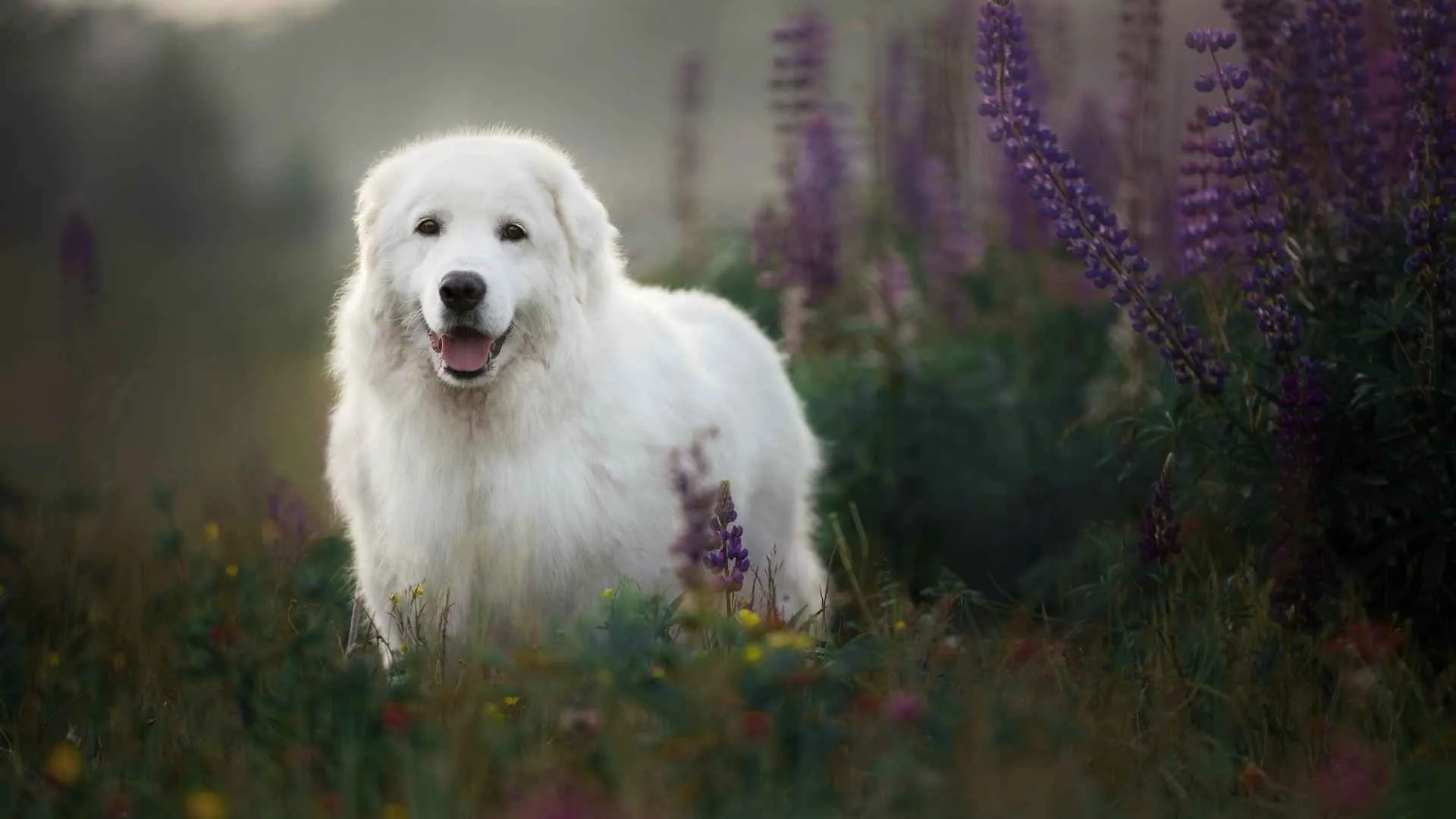
Among the guard dog breeds perfect for isolated farmhouses, the Maremma Sheepdog is one of the most grounded and dependable. Originating in Italy and long used to protect herds of sheep and goats, this breed works with quiet confidence.
While not as flashy as some gun dogs or herders, Maremmas rely on deep-rooted instincts, powerful perception, and an unwavering sense of duty.
Farm-Ready Intelligence
Trusted to protect livestock without constant supervision from owners.
Uses keen smell and sharp observation to detect unfamiliar movement or sounds.
Learns boundaries through early training, especially with young pups.
Practical Physical Traits
Thrives on light exercise and regular walking to maintain awareness and routine.
Can adapt to large acreage, often choosing vantage points to watch over the house and land.
Distinct Personality and Legacy
Known for successfully guarding penguins in Australia, showing they can protect more than dog breeds, they were originally meant to.
Not prone to aggression but will hunt down intruders if provoked.
8. Anatolian Shepherd Dog

The Anatolian Shepherd is built for danger. For centuries, these hardworking dogs have protected herds from predators across the unforgiving terrain of Turkey. Unlike most dogs, they don’t wait for commands—they assess threats on their own and act fast.
Their instinct to guard is stronger than their need to please. And while they might not be social butterflies, they’re deeply bonded with their family and dedicated to keeping them safe.
Their reputation as reliable guard dogs has made them increasingly popular in remote farming areas where protection isn’t a luxury—it’s a necessity.
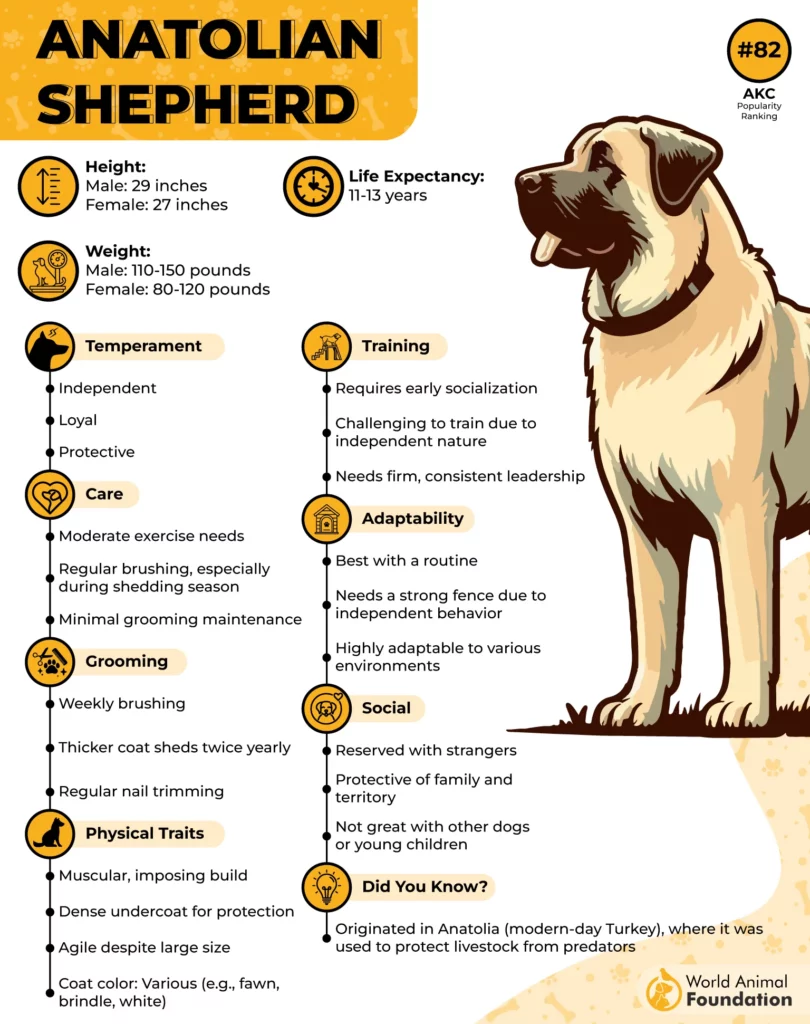
More Than Muscle
Naturally alert and constantly scanning for potential threats, even while resting.
It can detect wild animals like coyotes or wolves long before humans notice.
Designed to hunt only when needed—usually as a defensive response.
Built for the Tough Stuff
Able to trek across rough land on longer hikes without tiring quickly.
Strong, steady paws help them stay surefooted on uneven or rocky ground.
Knows the Job—And Takes It Seriously
Doesn’t need constant training—guarding is second nature.
Unlike some gun dogs bred for retrieving, these are bred purely to protect.
9. Great Pyrenees
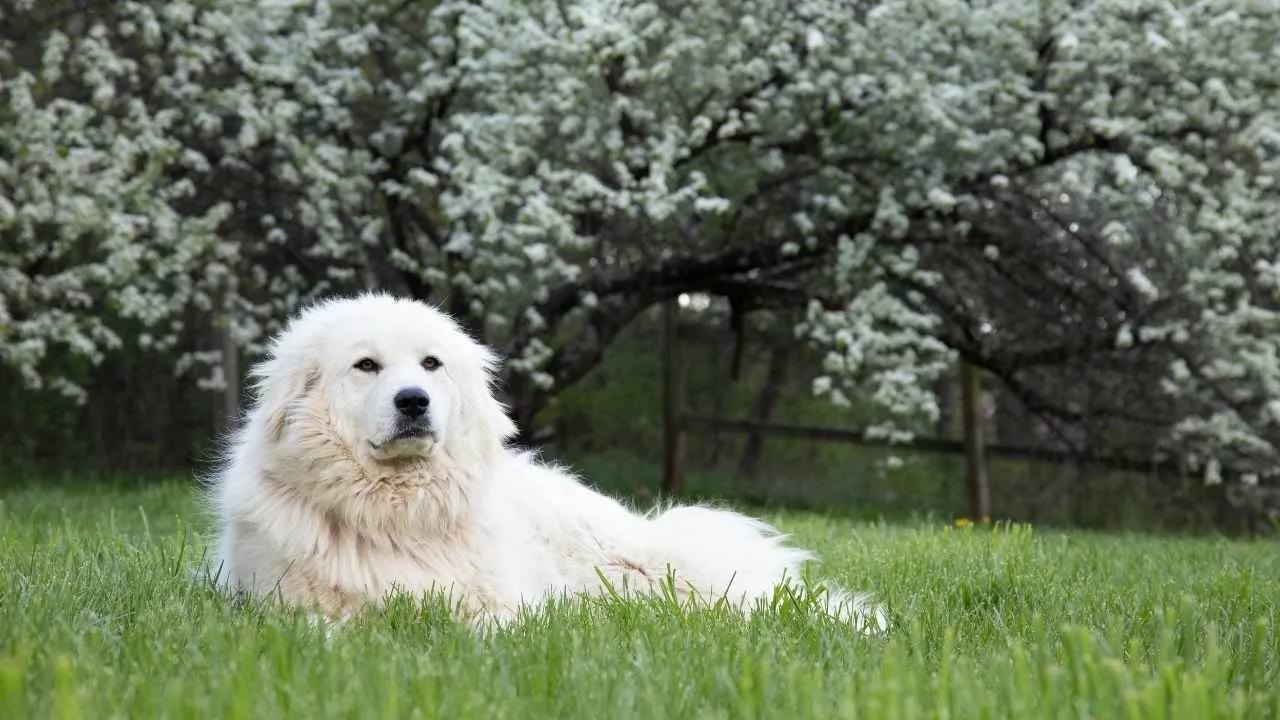
The Great Pyrenees may look soft, but they’re anything but fragile. Originally bred to protect herds in the rugged Pyrenees Mountains, these dogs were made for one thing: guarding. Living on a remote farm means your dog may need to make judgment calls without a human telling them what to do. The Great Pyrenees thrives in this kind of setting.
Their large build and serene nature give them a quiet confidence. Over recent years, their loyal temperament has also made them sought-after by rural families wanting a strong, steady presence around the house.
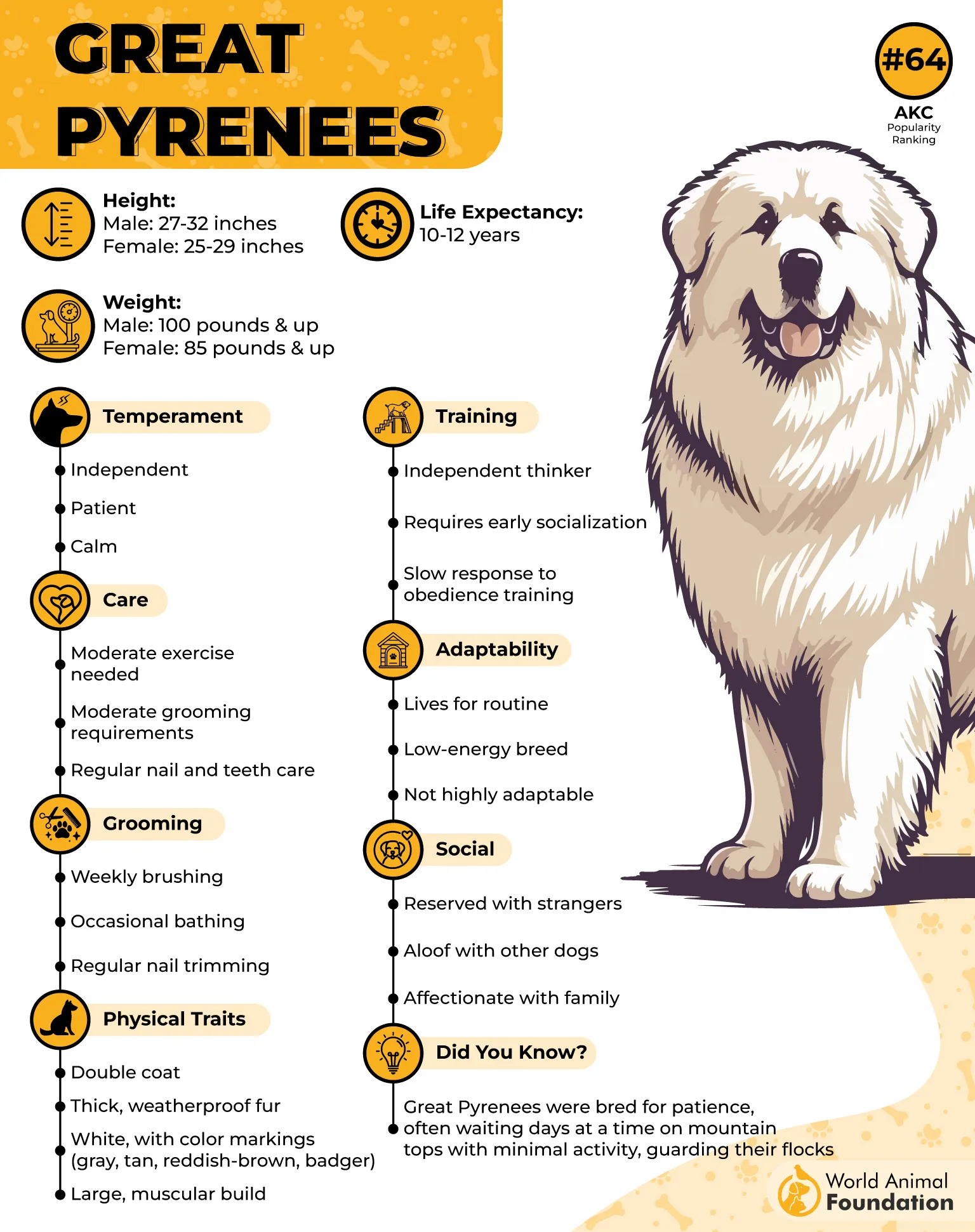
Built for Watch Duty
Steady and brave, they won’t back down from danger—even if it’s bigger than they are.
Used by shepherds across continents to guard large grazing areas.
But Not Lazy
While calm indoors, they’re surprisingly energetic during patrol.
Known for their massive, cushioned feet that grip well on steep slopes.
Bonds That Last
Loyal to their human companions but not overly clingy.
With firm training, they become trustworthy and independent decision-makers.
Their affectionate side shines when they’re relaxed around their people.
Conclusion
When it comes to choosing the right guard dogs for isolated farmhouses, it’s not just about muscle—it’s about mindset. The best working dogs aren’t just fierce defenders; they’re loyal friends, full of affectionate energy and purpose. These dogs don’t need much to thrive—just space to play, a job to do, and owners who understand their drive.
Whether you’re relying on them for protection, companionship, or services like herding or patrol, these breeds are as hard-working as they come. With the right grooming, care, and training course, they’ll keep watch while you sleep, search the property with purpose, and meet each day with steady focus.
It’s no wonder they’ve become trusted fixtures on farms for generations. Strong, energetic, and devoted—these dogs are built for more than defense. They’re built for connection, and when the leaves fall and the nights stretch long, you’ll be glad to have one by your side.


